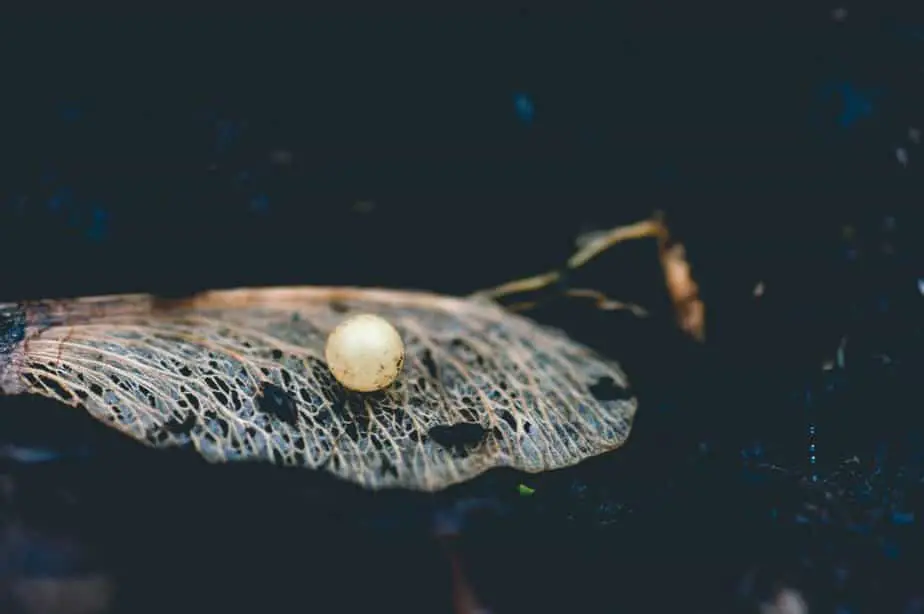Mother of Pearl:
Mother of pearl is an iridescent layer found in the mollusk shell with an inner lining. This layer is very shining and is found commonly in three types of mollusks – pearl oysters, freshwater mussels, and abalone. Mollusks are invertebrates that protect themselves from foreign irritants by releasing layers of membranes called nacre.
For example: If the irritants such as sand particles are trapped inside the shell, mollusks coat themselves with a nacre – which is an organic substance that beautifies the pearl and gives an iridescent effect.
According to popular beliefs, they are called mothers of pearls for the reason: They are the nacre-lined shells in which the pearls are born.
Importance of Mother of pearl:
Due to the bright multicolor shining effect of the mother of pearl, it has great relevance. It holds a greater value in jewelry. From varying dark-colored pearls to light-colored pearls, all of which give a perfect look for the jewelry.
Uses of Mother of Pearl:
Mother of pearl does not just justify its perfection for jewelry. It also extends its uses in various other products.
• It is used in home décor in the form of mosaic tiles, which gives a classy look for the house.
• Mother of pearl is used in many fancy wear items like watches
• It forms an important component in musical instruments such as guitar, harmonicas, and ouds
• It has gained its relevance in the dressing styles of men and women i.e., it is featured in the buttons of women’s clothing, as well as on the cufflinks of men.
How is Mother pearl different from pearls?
Although both the terms – Pearls and Mother of pearl are used interchangeably and have similar characteristics, they differ from one another.
• Both of these i.e., Mother of pearl and pearl gemstones are made of nacre, but the mother of pearl is the nacre-lined inner shell of the Mollusk. Whereas pearls are completely made of nacre.
• When an irritant gets trapped, the mollusk coats itself with layers and layers of nacre, which after three or four years turns into a pearl.
• More precisely, the mother of pearl is the nacre-lined inner shell or the belly in which the pearl is formed.
• In terms of availability: Pearls are more common compared to mother of pearl
• In terms of cost: Mother of pearls is comparatively cheaper than pearls. However, this might vary in a few types.
• They are also used in furniture, crockery wear.
Is the mother of pearl vegan friendly?
The dark side of pearl culturing is – Not many tiny organisms get trapped in the oysters and hence one out of 10,000 pearls are found. This becomes a major reason for mankind to interfere and surgically open the oysters and induce artificial irritants. By doing this, humans yield profits as the pearls are costly and are highly demanding in nature.

Mother of pearl culturing is not fully cruelty-free and hence cannot be termed as vegan friendly. According to PETA (People for the ethical treatment of animals), the irritants are inserted artificially which causes stress to the mollusks. It argues that pearl cultivators further stress the oyster by suspending them in cages, washing their shells, dropping them in different waters, and exposing them to different temperatures. And once the pearls are extracted from the oyster, one-third of them are recycled and kept back into the culturing process, discarding the rest.
Are pearls ethical?
There arise two situations in which mother of pearl or pearls are formed:
1. Natural Process: In this process, the mother of pearl is formed by the mollusks in the process of protecting itself. This is a rare process that can be seen in nature i.e., one out of 10,000 pearls falls under this category
2. Artificial Process:
a) With the growing demand for pearls, human beings choose to extract the pearls through non-ethical means by artificially inducing the irritant, interfering and surgically opening the oysters, and extracting pearls. Cultivators quote that the invertebrates do not have any nervous system like humans and hence can not feel the pain, and they coat the inner shell with nacre which is an autoimmune response of these invertebrates.
b) Due to legal restrictions, guidelines of PETA, one’s ethics, and many personal reasons, some farms do pearl culturing through highly ethical means. They treat oysters with the utmost care during the process as it is not a quick business. Here the cultivators follow all the safety measures and guidelines and hence come under ethics.
Hence the mother of pearl can neither be called perfectly ethical nor perfectly unethical. But, as the human intervention for pearls has been growing mother of pearls is inclined towards being unethical.
Conclusion:
Pearls are eco-friendly as they clean the dirty water, protect oysters from irritants. There is no clear scientific evidence to claim that the invertebrates do not have a nervous system and hence cannot feel the pain. Due to the increasing greediness of human beings and interference of artificial means for pearling, the mother of pearl is inclined towards being unethical.
FAQ’s:
1. Is Pear farming a cruel act?
Pearlers take pride to claim that pearl farming is cruelty-free as they are bred in cruelty-free environments. However, PETA disagrees with it as the process involves artificial means to surgically open the oyster, which is a stressful activity for the organism.
2. Are the mother of pearl eco-friendly?
Yes, mother of pearl or pearls are treated eco-friendly as they create a positive impact on the environment


